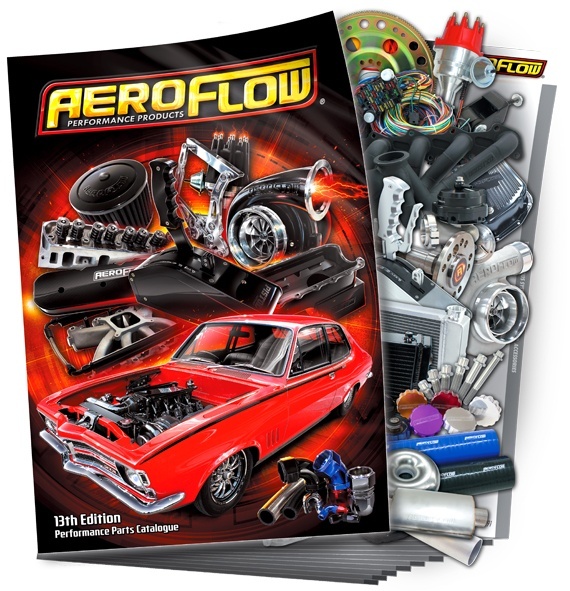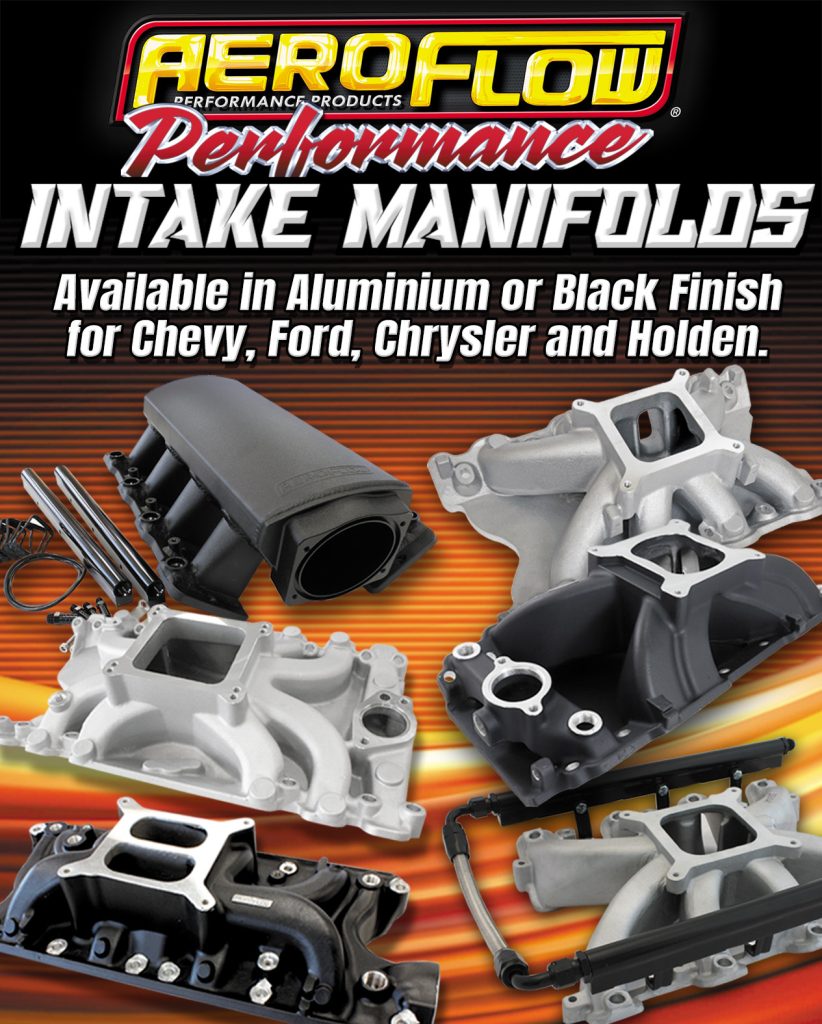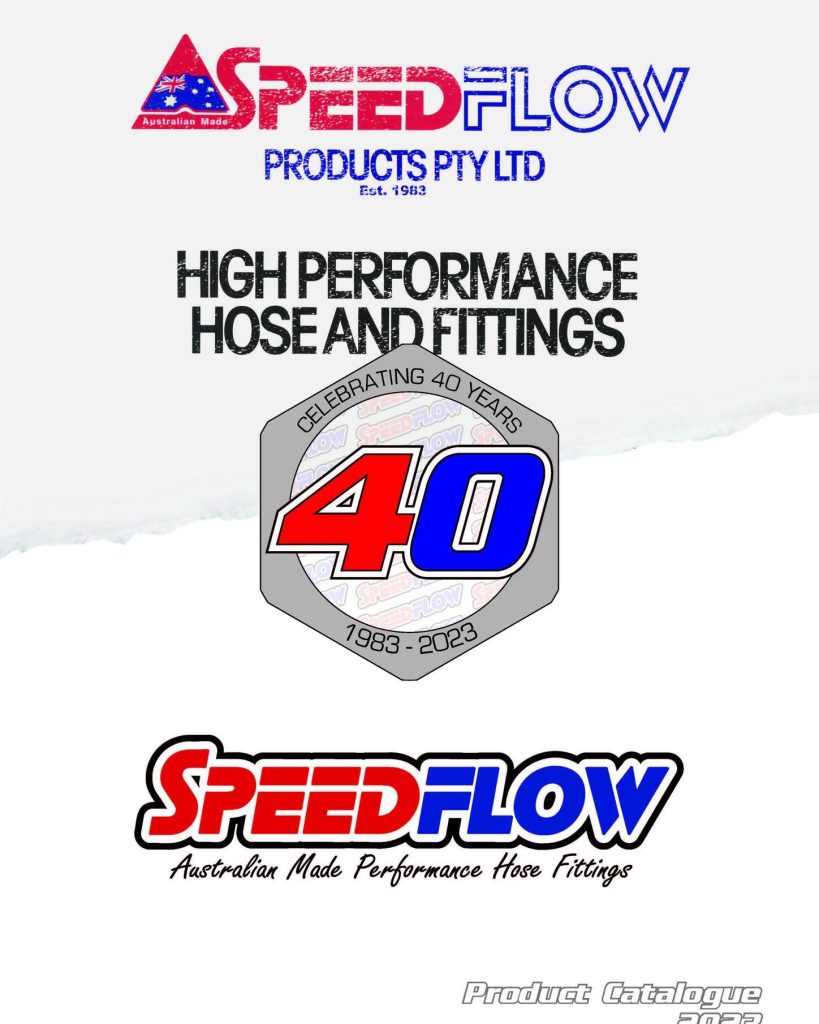
The ACDelco Pro Slammer team of Maurice Fabietti and Mark Hinchelwood took on Dale Heiler from Castle Hill Performance in a fascinating dyno contest in Canberra over the weekend.
The Summernats car show is a celebration of all kinds of street machines, but a couple of exhibition vehicles captured attention on the dyno, with the supercharged Hemi Holden Monaro owned by Fabietti taking on Heiler’s 540ci BBC twin turbo Commodore.

Both teams started tame, making runs in the mid 2000 zone, before stepping it up for the final on Sunday. There Heiler wound the boost up to 54psi and knocked out a 3076 horsepower reading, the highest ever recorded at Summernats.
The ACDelco team attempted to return fire and only just missed with a reading of 2992 horsepower, giving the win to the turbo car.
Both Heiler and Fabietti acknowledged there wasn’t a whole much proved beyond having a bunch of fun. Heiler told Street Machine that he expected to make a little more power on the higher boost setting, but was impressed with the Pro Slammer because it was running a race-ready combo, while he would have to make some changes to the track tune up. In terms of on track speed, both cars are completely different chassis and tyre set ups, so there is little comparison.
What we found interesting were the differences in the power curves. Check out this.
The curve in dotted red is for the supercharged Pro Slammer’s 2823hp run (hit at 8322rpm). The dotted blue line is Heiler’s 2824hp run (7400rpm).
Heiler was able to explain a couple of quirks with the curves. Firstly, around boost.
“It wasn’t the turbos being lazy that made it look like that. I was controlling the boost to get the most power on the dyno, not make the most low down power possible. It was deliberate to hit peak boost at the peak power,” he explained. The Pro Slammer’s RPM is also displayed lower than was actually recorded.
“The bottom axis is axle RPM and the engine RPM is calculated on the turbo car’s diff ratio (as this was after the turbo car had run) which is 3.70 vs 4.7ish for the Pro Slammer.”

The dyno comparison was a unique way of appreciating the engineering behind these cars and we are sure both teams learned plenty. Check out the videos below (you may have to scroll through a bit for the stars).











